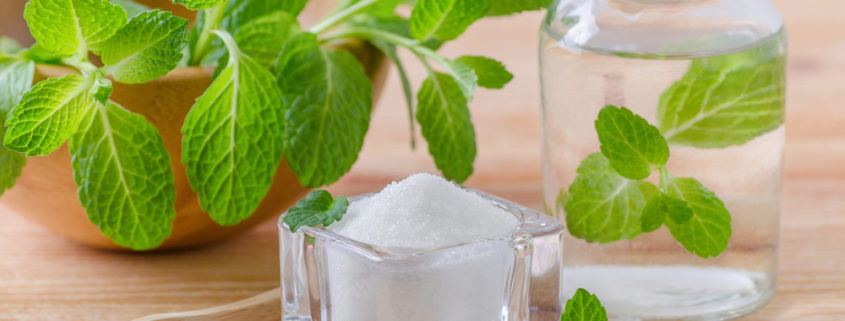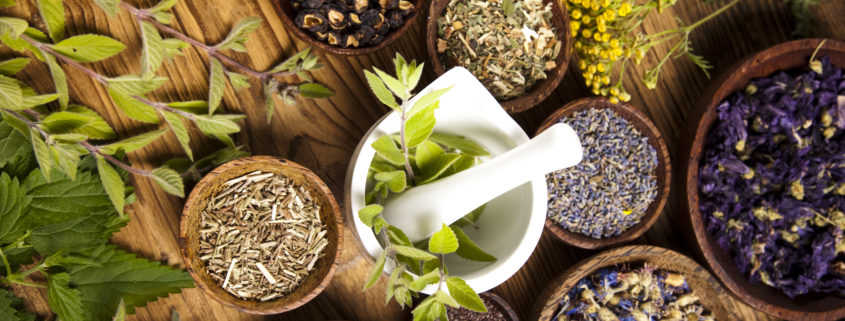What Is Biocompatible Dentistry? Philosophy and Practice
As functional medicine becomes increasingly popular, you have probably heard the term “biocompatible” thrown around referring to holistic practices, including many dental offices. Biocompatible dentistry is another term for holistic dentistry, it just bears a different emphasis. Both are concerned with the nature of the body and the practice of dentistry, they just have different starting places. The terms can almost be flipped on each other. Take a look at our definitions of the two words to see what we mean:
Holistic dentistry views the body as a whole and is therefore concerned about how the chemicals used in the mouth affect the rest of the body.
Biocompatible dentistry is concerned about how the chemicals in the mouth affect the rest of the body because it views the body as a whole.
It really doesn’t matter which direction you take in your approach to functional medicine, both arrive at the same conclusion. But for the sake of focusing on biocompatible dentistry as a distinct term from holistic dentistry, we are going to use this article to talk about biocompatible materials. Biocompatible materials are materials that do not cause any adverse effects on a patient’s biology when they are used in the mouth. The opposite, toxic materials, can present significant health consequences to their users.
Today we are going to talk about biocompatible dentistry–dentistry that uses biocompatible materials–from both philosophical and practical standpoints.
Biocompatible Dentistry as a Philosophy
As a philosophy, biocompatible dentistry recognizes the connection between the mouth and the body. It views the body as a whole and believes that what happens in the mouth affects the body and vice-versa. Because of this, biocompatible dentists use a proactive approach to dental health that focuses on addressing the underlying causes of dental disease rather than the symptoms. They would rather proactively promote health and wellness through nutrition and dental hygiene instead of reactively dealing with the negative consequences of eating poorly and not taking care of your teeth. For more information on this topic, read The Mouth-Body Connection: Links Between Oral Hygiene and Whole Body Health.
Biocompatible Dentistry as a Practice
In practice, biocompatible dentists are conservative about what materials they put in their patients’ mouths. They like to avoid invasive procedures such as surgery when less-invasive, natural means are available. The following is a list of chemicals and practices that biocompatible dentists typically have a strong stance on.
Mercury Amalgam Fillings – Most traditional dentists use silver, amalgam fillings on their patients. Unfortunately, these fillings contain 50% mercury, a toxic heavy metal that can cause damage to the central nervous system as well as the immune system. Traditional dentists believe the effects of the mercury in amalgam to be benign, but biocompatible dentists believe “mercury is mercury” and even small amounts can build up in the biological systems of their patients and cause problems. If their patients already have mercury amalgam fillings, biocompatible dentists often recommend they get these removed. To learn more on this topic, read 5 Reasons Why You Should Get Your Amalgam Fillings Replaced.
Fluoride – Many biocompatible dentists do not prescribe fluoride to their patients because they believe there is already enough fluoride in our water systems, warning against fluorosis, a condition caused by the intake of toxic levels of fluoride.
Root Canals – Many biocompatible dentists do not perform root canals for a number of reasons. #1 They believe root canals force harmful bacteria into the blood, bacteria that can affect diabetes, heart disease, and stroke. #2 They believe the chemicals used to sterilize root canals can cause long-term negative health consequences in their patients. #3 They believe root canal therapy is ineffective. It is not effective unless the canal has been completely sterilized, and this has been proven to be impossible.
Bisphenol A (BPA) – Bisphenol A is a compound found in many plastics, and it is also in some composite alternatives to mercury amalgam fillings. For this reason, many biocompatible dentists are careful about even the alternatives they use to mercury amalgam.
X-Rays – Biocompatible dentists often use digital x-ray equipment to expose patient to less radiation than traditional x-rays.
Biocompatibility Tests – Some biocompatible dentists use biocompatibility tests to ensure their patients won’t have any systemic reactions to the materials they use. On the contrary, a lot of traditional dentists do not explain materials options to their patients or give them a choice among the materials they will use.
When it comes to holistic dentistry and biocompatible dentistry, it’s “six of one, half dozen of the other.” They are the same in philosophy and practice, they just emphasize different aspects of the same fundamental beliefs and actions. If you are interested in working with a dentist who views the body as a whole and strives to use biocompatible materials, talk to Dr. Owen Mandanas! Dr. Mandanas has been providing dentistry to the Anchorage area for over 17 years and would love to chat with you about her work in biocompatible dentistry. Schedule an appointment today!








